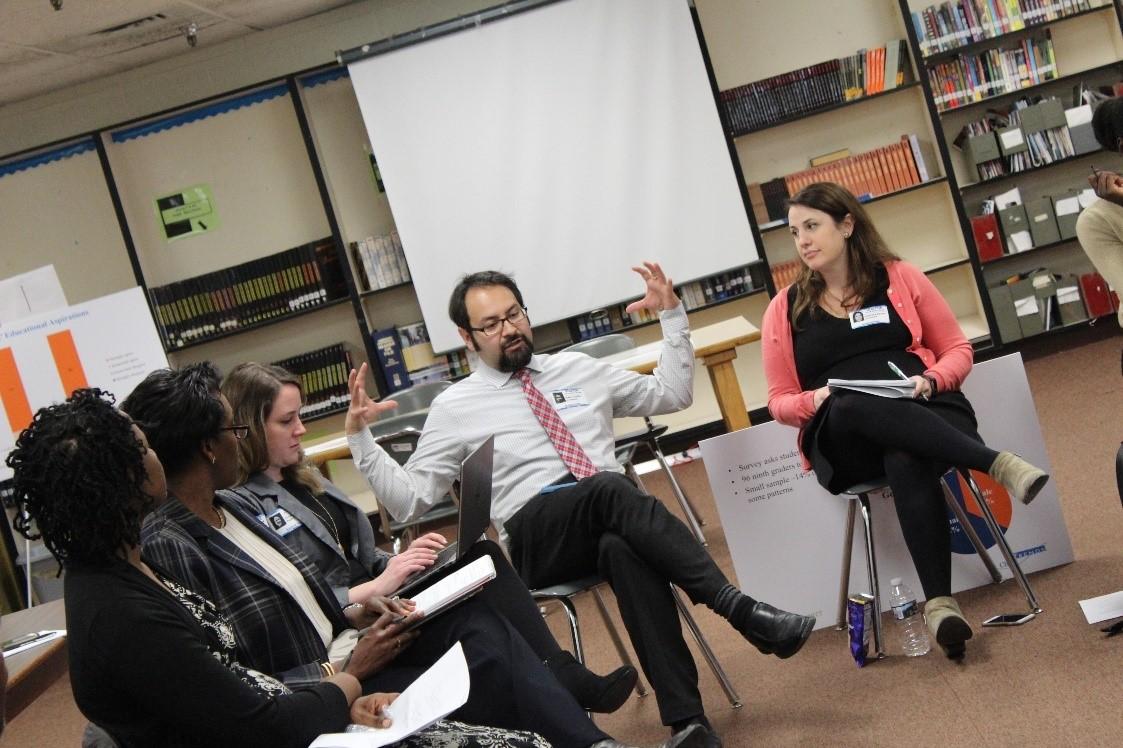Using Census Data to Map Strategies That Support Kids

Even though it only takes place every 10 years, the U.S. Census plays a vital role in ensuring the success of our nation’s children. Publications such as the 2018 KIDS COUNT Data Book recently released by The Annie E. Casey Foundation depend on Census data and related sources such as the American Community Survey to describe the strengths of our children and youth and the challenges they face across the United States. When children are overlooked or don’t make it into the final count, leaders at the federal, state and local levels don’t have the information they need to effectively allocate funding, resources and public infrastructure so every family can give their child the best start to life.
But government leaders aren’t the only ones that rely on Census data.
Venture Philanthropy Partners and other grantmaking organizations use Census data to make decisions about how to reach the most vulnerable children and to develop the best solutions to create change. Through geographic information systems (GIS) that draw on census data, researchers can use maps and other tools to determine where these children and young people live and their needs.
In a video showing the partnership between the Census Bureau and GIS experts, Isaac Castillo, our Director of Outcomes, Assessment, and Learning, explains one example of how VPP uses this data, “If we are really focused on identifying where we can provide the greatest amount of support and services to little ones, to ages 0 to 2 years old, we have to know where the largest proportion of those kids are in the community.” We then supplement this information with data about where families have access to early childhood programs and services—and where they don’t.
Watch the video below to learn more about how we use Census data to understand our communities and neighborhoods, and how researchers across the country are using data to help change people’s lives.



